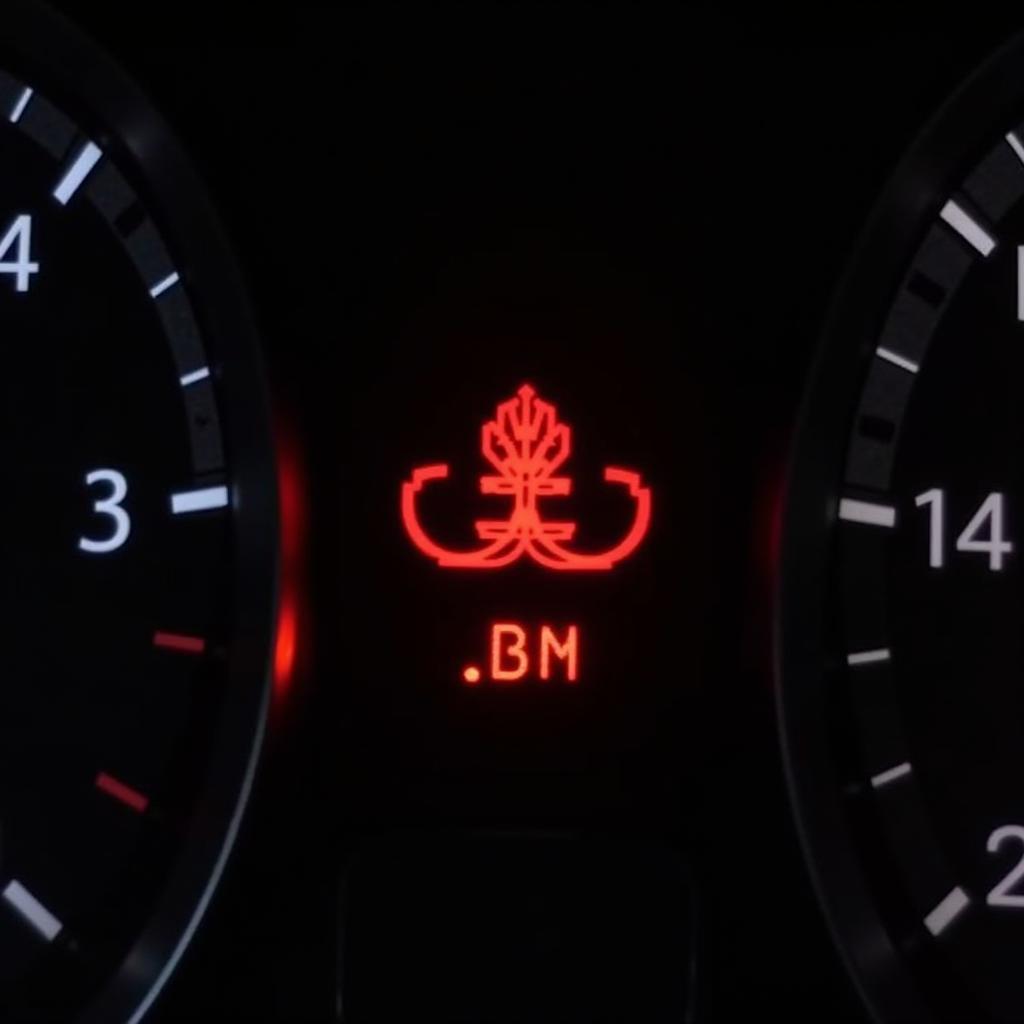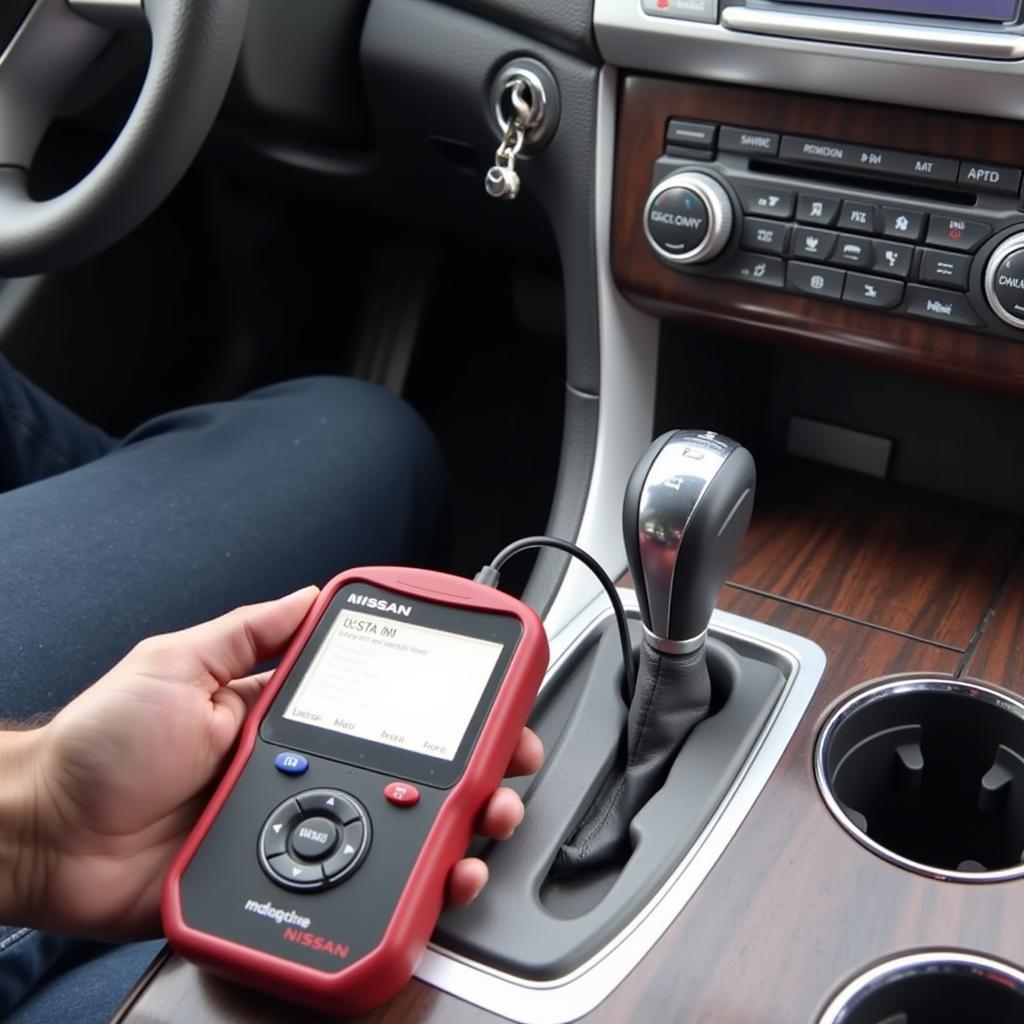The Flipper Zero has taken the world by storm with its impressive ability to interact with various wireless protocols, including those used in car key fobs. This comprehensive guide will explore the ins and outs of using the Flipper Zero as a key fob, covering everything from cloning existing keys to programming new ones.
[Image-1|flipper-zero-cloning-car-key|Flipper Zero Cloning Car Key|A close-up image of a Flipper Zero device being used to clone a car key fob. The image should showcase the Flipper Zero’s display screen, which shows the progress of the cloning process, and the car key fob placed next to it.]
Understanding the Flipper Zero’s Capabilities
The Flipper Zero is a portable, multi-functional device that can interact with a wide range of radio frequencies, including RFID, NFC, Infrared, and more. This versatility makes it an incredibly powerful tool for security researchers, hobbyists, and anyone interested in exploring the world of wireless communication. One of its most intriguing applications is its ability to interact with car key fobs. Contact Here for Free Video Tutorial.
It’s important to note that the Flipper Zero’s ability to clone car keys depends on the specific make, model, and year of your vehicle. Older vehicles often utilize simpler, fixed-code systems that are easier to clone. However, modern vehicles have transitioned to more sophisticated rolling-code systems that are significantly more challenging to replicate.
How to Clone a Car Key with Flipper Zero
Cloning a car key with the Flipper Zero requires a basic understanding of RFID technology and the specific protocol used by your vehicle. Here’s a step-by-step guide to get you started:
- Identify the Key Fob Protocol: Begin by determining the specific protocol used by your car key fob. You can usually find this information in your car’s owner’s manual or by conducting online research.
- Read the Original Key Fob Data: Using your Flipper Zero, select the appropriate RFID reading mode based on the identified protocol. Hold the original car key fob near the Flipper Zero’s antenna and initiate the reading process.
- Save the Captured Data: Once the Flipper Zero successfully reads the key fob data, save it to the device’s storage.
- Emulate the Key Fob: Select the appropriate emulation mode on the Flipper Zero and choose the saved key fob data. The Flipper Zero will then mimic the original key fob’s signal, allowing you to unlock and start your vehicle.
Programming a New Key Fob with Flipper Zero
In some cases, you may need to program a new key fob for your vehicle. This process can be more involved than cloning an existing key, and the steps will vary depending on your car’s make and model.
- Gather Necessary Information: Before you begin, you’ll need to gather information such as your car’s VIN (Vehicle Identification Number), the type of immobilizer system used, and any programming instructions specific to your vehicle.
- Put Your Car into Programming Mode: Consult your car’s owner’s manual for instructions on how to put your vehicle into programming mode. This typically involves a specific sequence of actions, like turning the ignition on and off a certain number of times.
- Use the Flipper Zero to Transmit the Programming Signal: With your car in programming mode, use the Flipper Zero to transmit the necessary programming signal to the vehicle’s immobilizer system. This signal will contain the new key fob’s unique identifier.
- Test the New Key Fob: After completing the programming process, test the new key fob to ensure it successfully unlocks and starts your vehicle.
[Image-2|programming-car-key-with-flipper-zero|Programming Car Key with Flipper Zero| An image illustrating the process of programming a car key with the Flipper Zero. It could show a person holding the Flipper Zero near their car’s steering column while following instructions on a laptop screen displaying programming software.]
Important Considerations and Disclaimer
While the Flipper Zero offers a fascinating way to explore car security, it’s crucial to use this device responsibly and ethically. Cloning or programming car keys without proper authorization is illegal and could have serious consequences.
Expert Insight: “The Flipper Zero is an incredibly powerful tool for security research and education,” says Sarah Jones, a cybersecurity expert at SecureTech Solutions. “However, it’s essential to remember that using it to tamper with vehicles without permission is a criminal offense.”
This guide is intended for educational purposes only and does not endorse or encourage any illegal activities. Always consult with a qualified automotive locksmith or dealership for any car key-related issues.
FAQs
1. Can the Flipper Zero clone all car keys?
No, the Flipper Zero’s ability to clone car keys is limited to older vehicles with simpler, fixed-code systems. Modern vehicles with rolling-code systems are much more difficult to clone.
2. Is it legal to clone my own car key?
Yes, it is generally legal to clone your own car key for personal use. However, it’s essential to verify local laws and regulations, as they may vary.
3. What are the risks of using the Flipper Zero for car key cloning?
Cloning car keys without proper authorization is illegal and unethical. It could lead to legal repercussions and damage your vehicle’s security system.
4. Can I use the Flipper Zero to program a key fob from a different car?
No, you cannot program a key fob from a different car using the Flipper Zero. Each key fob is uniquely paired with a specific vehicle’s immobilizer system.
5. Where can I learn more about responsible Flipper Zero usage?
For more information on responsible Flipper Zero usage, refer to the official Flipper Zero documentation and online communities dedicated to ethical hacking and security research.
Conclusion
The Flipper Zero is a remarkable device with a wide range of applications, including the ability to interact with car key fobs. By understanding the Flipper Zero’s capabilities, the intricacies of car key technology, and the legal implications involved, you can explore this fascinating world responsibly and ethically. Always remember to prioritize safety, legality, and respect for the property of others.



